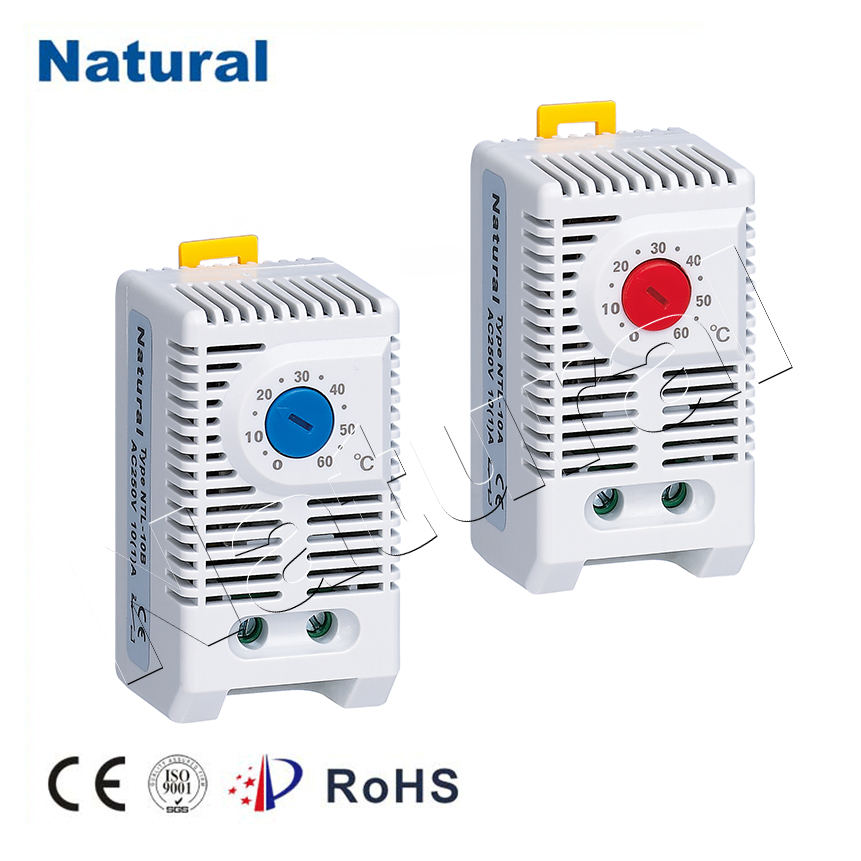In the age of technological advancements, where smart devices seamlessly integrate into our daily routines, thermostats stand as an unassuming yet essential component of our living spaces. These unobtrusive devices have come a long way from their humble beginnings, revolutionizing the way we control and regulate the temperature within our homes. This article explores the evolution and significance of thermostats in modern living, from their early iterations to the smart and energy-efficient solutions we enjoy today.

The Dawn of Thermostats:The history of thermostats dates back to the 17th century when Cornelius Drebbel, a Dutch inventor, created one of the earliest temperature regulators. However, it wasn’t until the 19th century that the thermostat concept began to take shape. Inventors like Andrew Ure and Warren S. Johnson developed rudimentary devices for controlling heating systems. These early thermostats used mechanical means, such as bimetallic strips, to respond to temperature changes and regulate heating equipment. Thermostats Go Digital:The digital revolution of the late 20th century had a profound impact on thermostat technology. Traditional mechanical thermostats were gradually replaced by digital counterparts that offered more precise temperature control and programmability. Users could now set specific temperature schedules, optimizing comfort while conserving energy. The digital interface made it easier to read and adjust settings, making thermostats more user-friendly. Smart Thermostats:The true game-changer in the world of thermostats came with the advent of smart technology. Smart thermostats, equipped with Wi-Fi connectivity and advanced sensors, offered a level of convenience and energy efficiency that was previously unimaginable. Companies like Nest, Ecobee, and Honeywell introduced thermostats that could be controlled remotely via smartphones and learn users’ preferences over time. These devices used occupancy sensors, weather forecasts, and machine learning algorithms to adapt heating and cooling patterns, optimizing energy consumption without sacrificing comfort. Energy Efficiency and Cost Savings:One of the most compelling aspects of modern thermostats, especially smart thermostats, is their potential for energy savings. According to the U.S. Environmental Protection Agency, homeowners can save about 10% annually on heating and cooling costs by using a programmable thermostat. Smart thermostats take this a step further by continuously learning from user behavior, making automatic adjustments, and providing energy usage insights. This not only reduces utility bills but also contributes to a more sustainable environment. Integration and Home Automation:Beyond their primary function, modern thermostats have become integral components of larger smart home ecosystems. Integration with platforms like Amazon Alexa, Google Assistant, and Apple HomeKit allows users to control their thermostats using voice commands or through centralized apps. This interconnectedness enhances the overall home automation experience, creating a seamless and efficient living environment. Challenges and Considerations:While thermostats have undoubtedly improved the way we manage indoor temperature, challenges still exist. Privacy concerns related to smart thermostats collecting user data have sparked debates. Additionally, the complexity of some smart thermostat setups can be intimidating for certain users. Striking a balance between convenience, data security, and user-friendliness remains an ongoing challenge for manufacturers. Conclusion:From their humble origins as mechanical regulators to the cutting-edge smart devices of today, thermostats have transformed the way we interact with our living spaces. They have not only made our lives more comfortable but have also contributed to energy efficiency and environmental sustainability. As technology continues to evolve, so too will the thermostat landscape, promising even greater levels of convenience, control, and environmental responsibility in the years to come.